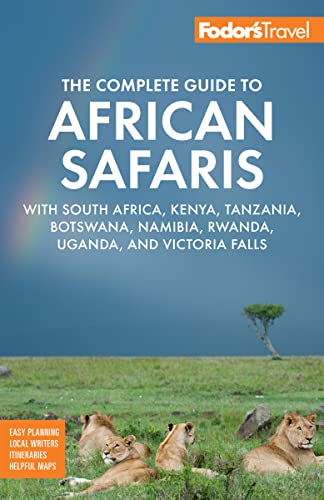The People of Botswana
Batswana
Although the term is also used to describe all Botswana citizens, the Batswana (or Tswana) people represent the largest ethnic group in Botswana, comprising around three-quarters of the country's population; many Batswana also reside in South Africa. Living mainly in thatch-roof rondavels made of mud and cow dung, they’re pastoralists and are tied to the land and their cattle, which are used in negotiating marriages and other rites of passage. Despite the inevitable impact of development, they remain family-oriented and still live in villages with the kgosi (chief) as the primary decision-maker.
Bakalanga
The second largest population group in the country, also known as the Kalanga are mainly agriculturalists and have actually been ruled by other groups for the last 600 years. Despite this, their traditions and language have remained intact and a large number reside in neighboring Zimbabwe.
Bayei and Banoka
The Bayei moved to the southern Okavango Delta from the Chobe River in the mid-18th century where they met and exchanged skills with the hunter-gatherers known as the Banoka (or River Bushmen). The Bayei are expert fishermen, and they use nets and traps to fish along the waterways and floodplains. Their boats, known as mekoro (singular mokoro) were dug-out canoes carved from tree trunks, and formed an essential part of their daily life, serving as both transportation along the rivers and an important tool for fishing—they even used the slender craft when hunting hippo with rudimentary harpoons.
San Bushmen
Without doubt the most well known of Botswana’s ethnic peoples, the Kalahari-dwelling San attracted huge publicity after international organizations fought government attempts to relocate them outside the Central Kalahari Game Reserve, where it is estimated they had lived for 20,000 years. The situation is more complicated than it sounds as modernization had impacted their hunter-gatherer lifestyle leading to larger permanent homesteads, the introduction of domestic livestock, and allegedly bows and arrows being upgraded to rifles. Conversely, although the Botswana government sensibly doesn’t allow any of their policies to favor a single ethnic group, hunter-gathering is not regarded as a form of land use and they don’t have the traditional land rights granted to other ethnic groups, placing them at a significant disadvantage. They are also not recognized in the power structure accorded to other chiefs. Although still awaiting a definitive resolution, some of the original settlers have now returned, and importantly their involvement in multiple tourism projects enables them to keep practicing their traditional way of life. At many of the camps in the Kalahari and Makgadikgadi, you will get first-hand experience of their music, dancing, and ingenious survival techniques.
Others
Around 400 years ago, the Basubiya and Hambukushu both lived close to the Bayei along the Chobe river. Primarily agriculturalists, the Basubiya became a powerful group until their defeat by the Balozi (based in Zambia) while the Hambukushu are known for their fine basketry skills. The Ovaherero (or Herero) and Ovambanderu are related pastoralists originating from central Africa. They migrated to what is now Namibia and practiced ancestor worship until repeated conflict with German colonists forced them east into Botswana. The majority have now returned to Namibia, and Herero women are easily identified by their long dresses and matching elaborate headwear—a relic from the time of Victorian missionaries. The five major ethnic groups who currently live in the Kalahari are known collectively as the Kgalagadi; they have their own languages and are a mixture of pastoralists and agriculturalists.




